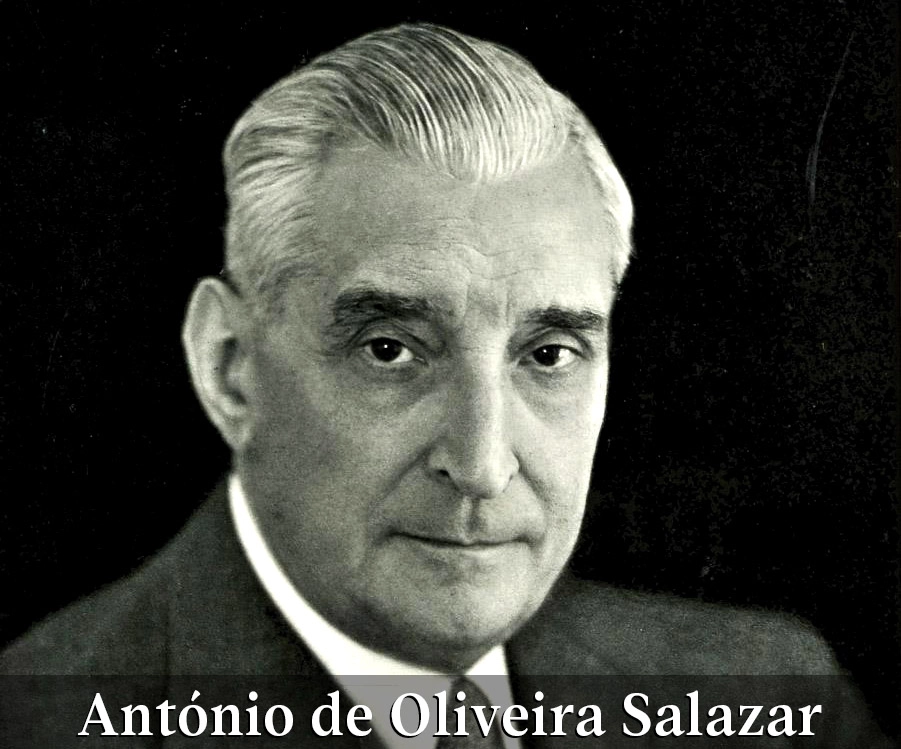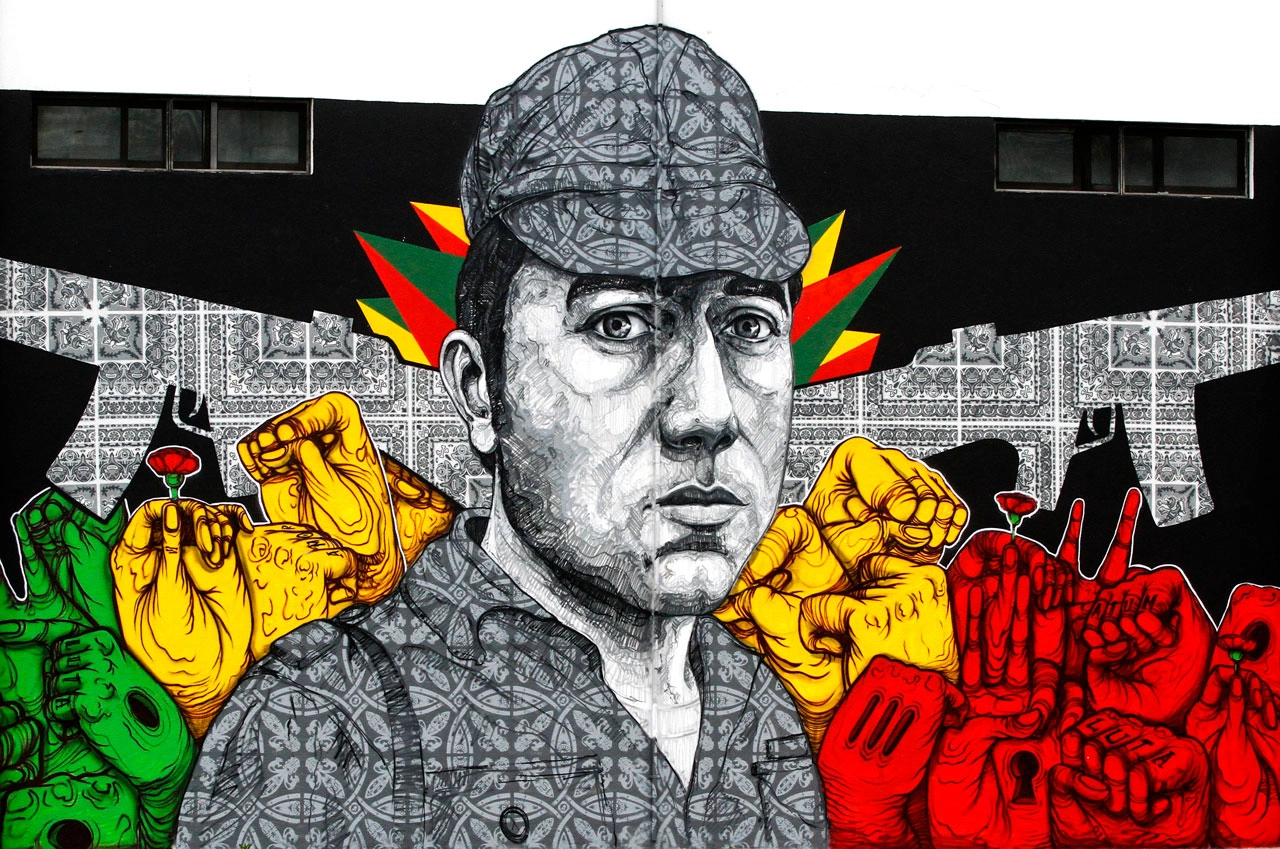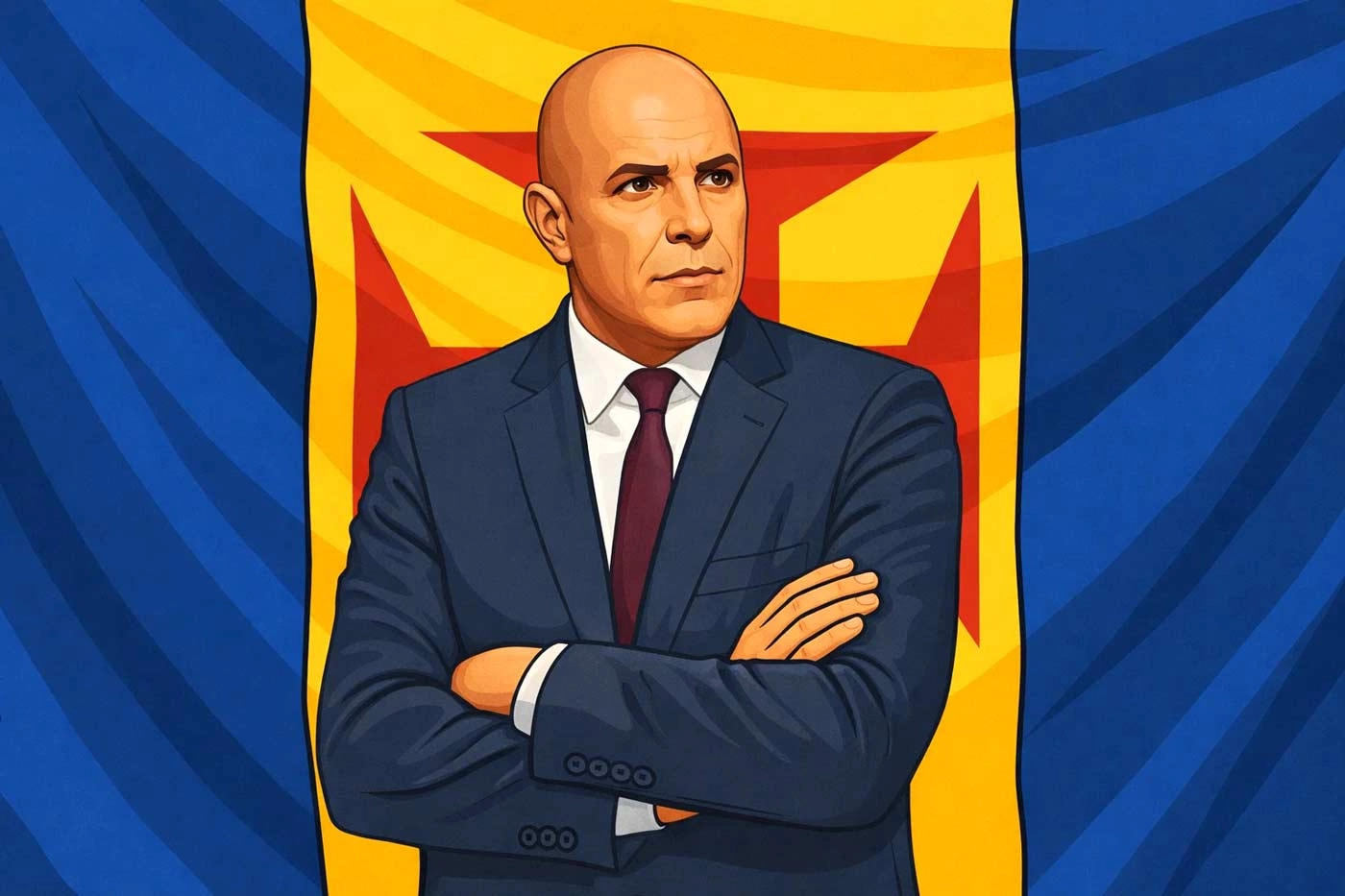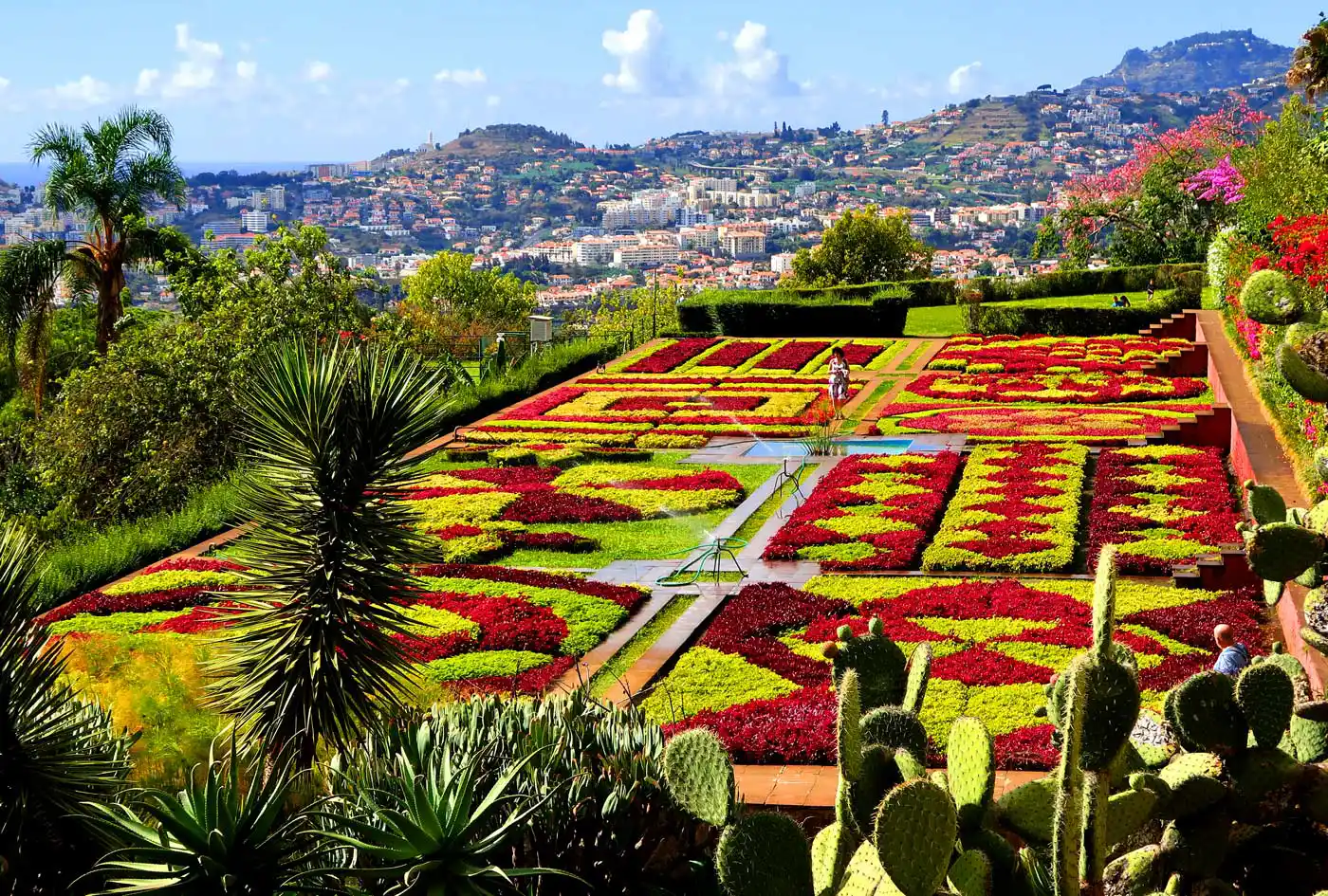The Prelude to the Revolution
The Carnation Revolution, also known as the 25th of April or Revolução dos Cravos in Portuguese, was a military coup in Portugal that took place in 1974.
The revolution ended the authoritarian Estado Novo Regime, led for long by the catholic, nationalist dictator António de Oliveira Salazar, which had been in power from 1933 to 1968.
The Estado Novo was known for its suppression of political freedoms, sham elections, and its policies of economic protectionism.

Why was it called Carnation Revolution?
The revolution was named the “Carnation Revolution” because of its peaceful nature. Soldiers placed carnations in their rifles, symbolizing a peaceful transition of power. This was a significant departure from the violence typically associated with military coups.
The red carnation, in particular, gained symbolic meaning through Christian tradition (linked to the Virgin Mary’s sorrow) and later in European floriography, where its strong color represented passion and love.
The Role of the Military
The revolution was initiated by the Armed Forces Movement (MFA), a group of military officers who opposed the regime. The MFA was formed in 1973, primarily by young military officers who were disillusioned with the ongoing colonial wars in Africa.
The Revolution’s Timeline
The key to success for the MFA was careful planning in secrecy. The revolution began in the early hours of April 25, 1974, with the MFA taking control of strategic points in the country. By the afternoon, the Estado Novo regime had fallen, marking the end of nearly five decades of dictatorship.
The Aftermath of the Revolution
The revolution led to the process known as the “Processo Revolucionário Em Curso (PREC)”, which resulted in the radical transformation of the Portuguese society, economy, and political structure.
The PREC period lasted throughout 1975 and was characterized by social tension, political instability, free elections and economic turmoil. It ended with the Coup of 25 November 1975, when far-left activists, supported by the Soviet Union, failed to prevent Portugal’s transition to becoming a democracy.
Decolonization in Africa
One of the significant outcomes of the revolution was the start of the decolonization process. By the end of 1975, all of Portugal’s African colonies — Angola, Mozambique, Guinea-Bissau, Cape Verde, and São Tomé and Príncipe — had finally gained independence.
The Role of Music
A song, “Grândola, Vila Morena” by Zeca Afonso, was used as the signal to start the coup. It was broadcasted on Portuguese radio, marking the beginning of the revolution. The song was a symbol of resistance against the Estado Novo regime.
The Establishment of Democracy
The Carnation Revolution paved the way for establishing a democratic political system in Portugal. The first free elections were held in 1975. It was by then that all women were allowed to vote in Portugal, granting them the same rights as men and leading to drafting a new constitution in 1976 that established Portugal as a democratic republic.
The Economic Impact
The revolution had a significant impact on Portugal’s economy. It led to the nationalization of major sectors of the economy, including banking, transportation, heavy industries, and communications. It also led to land reform, with agricultural land being redistributed to the rural poor.
The Legacy of the Revolution
Today, the Carnation Revolution is celebrated annually on April 25th, a national holiday in Portugal known as Freedom Day. The day serves as a symbol of national unity and a testament to the power of peaceful change.
The Revolution acts as a reminder of the struggle for democracy and the end of a dictatorship that had endured for several decades. It also contributed to the socialist influence that has a lasting impact on Portugal today.








Comments